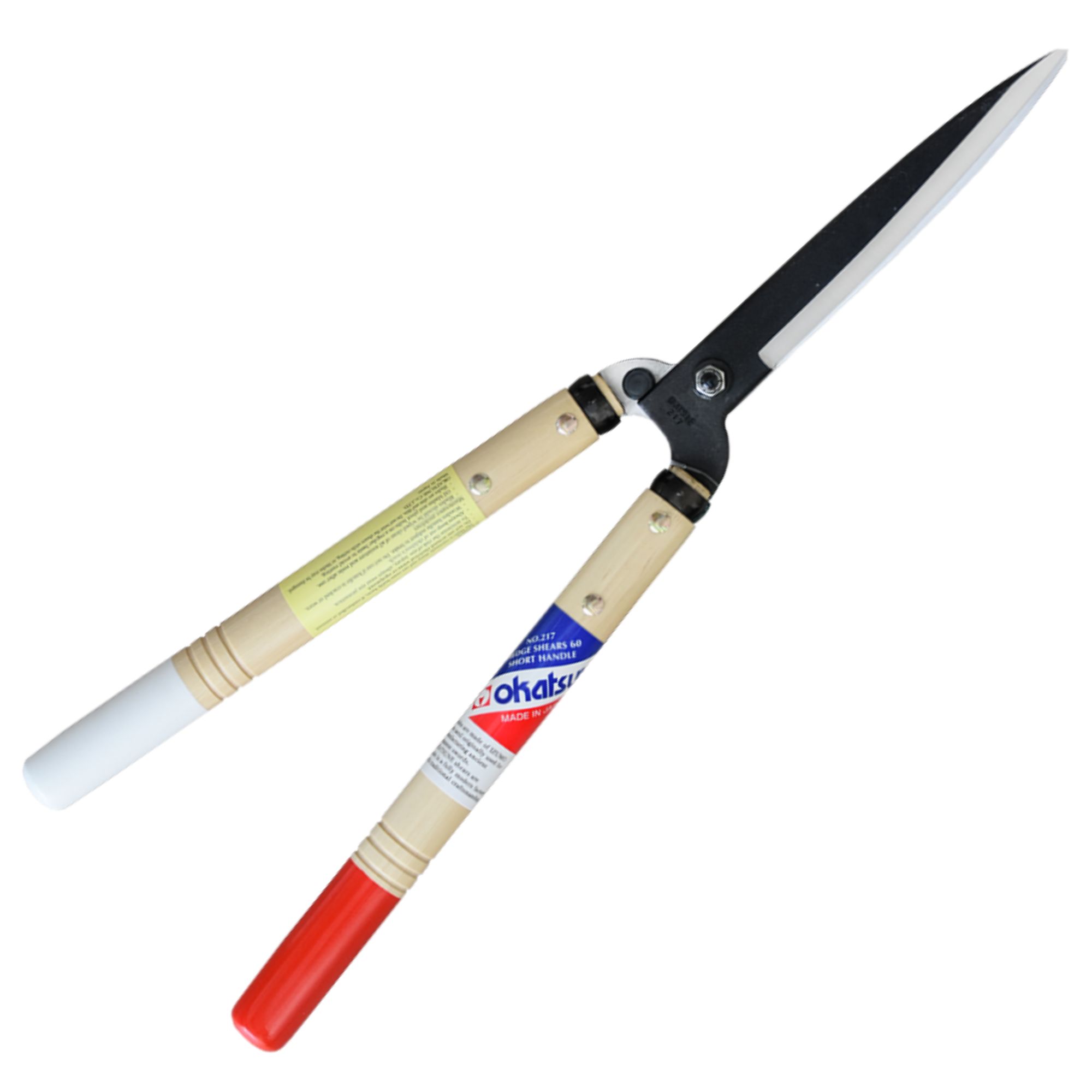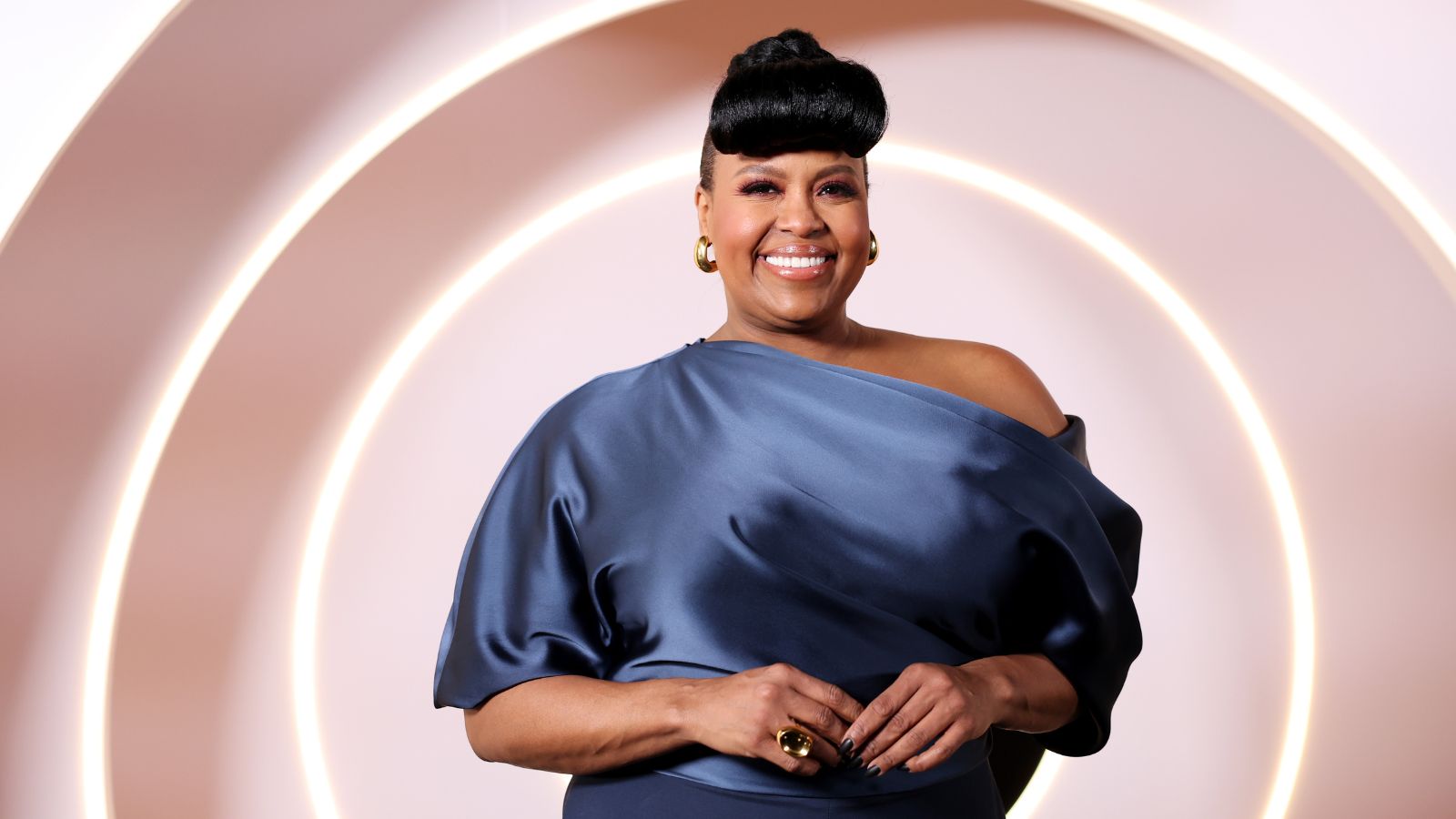Best hedge shears – a garden product tester reveals the only shears you should ever buy
The best hedge shears can transform your garden


Few pieces of yard equipment are as crucial as shears. Pruning is essential for healthy plants. Without pruning, your yard will grow wild, with diseased plants and low flowers, fruits, and vegetable yields.
If you have a lot of plant material to remove, shears are the perfect tool. They can snip swathes of unruly hedges into shape, saving you from cutting them branch-by-branch with a set of pruners.
However, there are a lot of cheap, badly made pairs of shears on sale right now. They easily rust, chip, or break, and you can't even fix them with replacement parts. I've tested lots of pairs of garden shears and found the very best. These are the only shears you should ever buy - as tested by an expert.
The best hedge shears you can buy

ARS KR-1000
Our expert review:
Specifications
Reasons to buy
Reasons to avoid
I've tested plenty of hedge shears in my career, but the ARS KR-1000 stand out as the very best. They're incredibly sharp, lightweight, and comfortable, and every part of them can be maintained and replaced.
Firstly, these are easily the sharpest shears I've ever tested. Straight out of the box, these cut through leaves and stems like they're not even there. They're perfect for both topiary and general pruning. Every cut is incredibly clean with no tearing or mashing at leaves or branches. It's remarkable to watch - these shears prune so precisely that it's almost as if your hedges were laser-cut. With regular sharpening, these should make short work of almost any hedge in the garden.
Secondly, these shears are very lightweight, a few ounces lighter than the other shears I've tried. It was particularly noticeable on the day I put these to the test. After long, hard hours with the other shears on the test, these felt like a revelation. Lifting them up felt almost weightless and they're well-balanced, too. Holding them up at awkward angles was easy because they're so light.

On top of being lightweight, these shears are very comfortable. The rubber handles give a soft, effective grip, and the squishy bumpers reduce the impact on your hands and wrists. Don't get me wrong, after a few hours, your palms will start to rub a little, and your joints will be a little sore, but it's much more comfortable than other shears out there.
But the best feature of these shears is that every part is replaceable. There are a lot of shears out there that can't be fixed. Once you crack a handle or chip a blade so badly it can't be sharpened, that's it - your shears are broken. If any part of the AS KR-1000 breaks, you can fix it. With a little TLC, these are the last pruners you'll ever buy.
However, these shears aren't perfect. The most obvious drawback is that they're much more expensive than other shears. That said, well-oiled, these can last for life, so while it's a larger upfront cost, over the course of your gardening life it's a lower net spend.
A bigger issue is that they aren't great on hardwood. They're stronger than they appear – I found that they can cope with much larger branches than the 0.39" maximum suggested by ARS. However, they struggled a little with thicker branches of laurel. The cut was still clean, but it took a little oomph to get through tougher branches.
Other great options
The ARS KR-1000 are my favorite hedge shears, but the price and struggles with thick hardwood means it isn't always the best option. If the ARS shears aren't for you, consider these other pairs.

Okatsune makes some of the best pruners you can buy, and their shears are also worth considering. Like the 103 pruners, these give an incredibly good cut, and the white-and-red handles are easy to spot if you drop them into shrubbery by accident. Pros love them too - gardening expert Thom Rutter told me: 'When working as a gardener for a large, private estate, we used the short-handled Okatsune shears for clipping and shaping deciduous and evergreen shrubs and hedging.' The drawback? These are pretty expensive for pruners, and the wood handles can be a little uncomfortable.

When I first started testing hedge shears, I was very skeptical of wavy blades - I thought they were a gimmick. However, years later, I'm convinced that they're much better than straight blades for cutting through thick branches. The ridges mean that the blade can grip onto a branch, giving you more leverage for hardwood. The issue here, however, is that the wavy blade is hard to sharpen and heavier than other types of shears.

Extendable hedge shears are great for awkward pruning or reaching up to the top of a hedge. These from Corona are a classic example, with easy-twist handles to extend the length of the tool. However, I have yet to use a set of these with a reliable extension mechanism. These mechanisms often get stuck, leaving you with lopsided handles, or break entirely, and are stuck in the extended mode.
How do I find good hedge shears?

First of all, work out the length of blade you need. Short blades - around 6" - are best for close-up topiary; long blades of 12" are best for cutting big hedges in one go.
Gardening expert Thom Rutter says: 'I always found the shorter handled shears ideal to use for smaller, more intricate shaping, as the design gives you more control and makes it more manageable to create the shape you want.' For a mid-length that suits both tasks, look for blades of around 8-10".
Then, work out if you want straight or wavy blades. Wavy blades are best for cutting through larger branches, but they give slightly ragged cuts and they're hard to sharpen. Straight blades give the cleanest cut and are easy to sharpen, but can't always get through hardwood.
Keep an eye out for rubber blade bumpers. These stop the handles from knocking together harshly, reducing the strain on your hands. If possible, avoid bare wood handles, because these can rub uncomfortably on your hands.
Finally, whatever you do, try to buy shears with bright handles, either red or yellow. This color stands out against dark green shrubs and lawns, so if you drop your shears you'll always be able to find them.

Thomas is a Content Editor within the Gardens Team at Homes and Gardens. He has worked as a professional gardener in gardens across the UK and in Italy, specializing in productive gardening, and growing food and flowers. Trained in Horticulture at the Garden Museum, London, he has written on gardening and garden history for various publications.
Pruning is a delicate task, especially when it comes to trees, hedges, and shrubs. Learning when to prune shrubs and trees can make a huge difference to your plants.
Sign up to the Homes & Gardens newsletter
Design expertise in your inbox – from inspiring decorating ideas and beautiful celebrity homes to practical gardening advice and shopping round-ups.

As a gardens and lifestyle contributor, Alex makes sure readers find the right information to help them make the best purchase. Alex got his start in reviewing at the iconic Good Housekeeping Institute, testing a wide range of household products and appliances. He then moved to BBC Gardeners’ World Magazine, assessing gardening tools, machinery, and wildlife products.
-
 Natasha Rothwell loves this sleep mask so much, she bought 10 – it's the simple yet luxe accessory you didn't realize you needed
Natasha Rothwell loves this sleep mask so much, she bought 10 – it's the simple yet luxe accessory you didn't realize you neededNatasha Rothwell takes the luxe, DROWSY Silk Sleep Masks everywhere; 'I actually got gifted one of these; I subsequently bought 10'
By Hannah Ziegler Published
-
 How to coppice trees and shrubs – and the 5 species that will benefit from this historical and super simple pruning technique
How to coppice trees and shrubs – and the 5 species that will benefit from this historical and super simple pruning techniqueCoppicing has aesthetic and practical benefits in a garden
By Drew Swainston Published